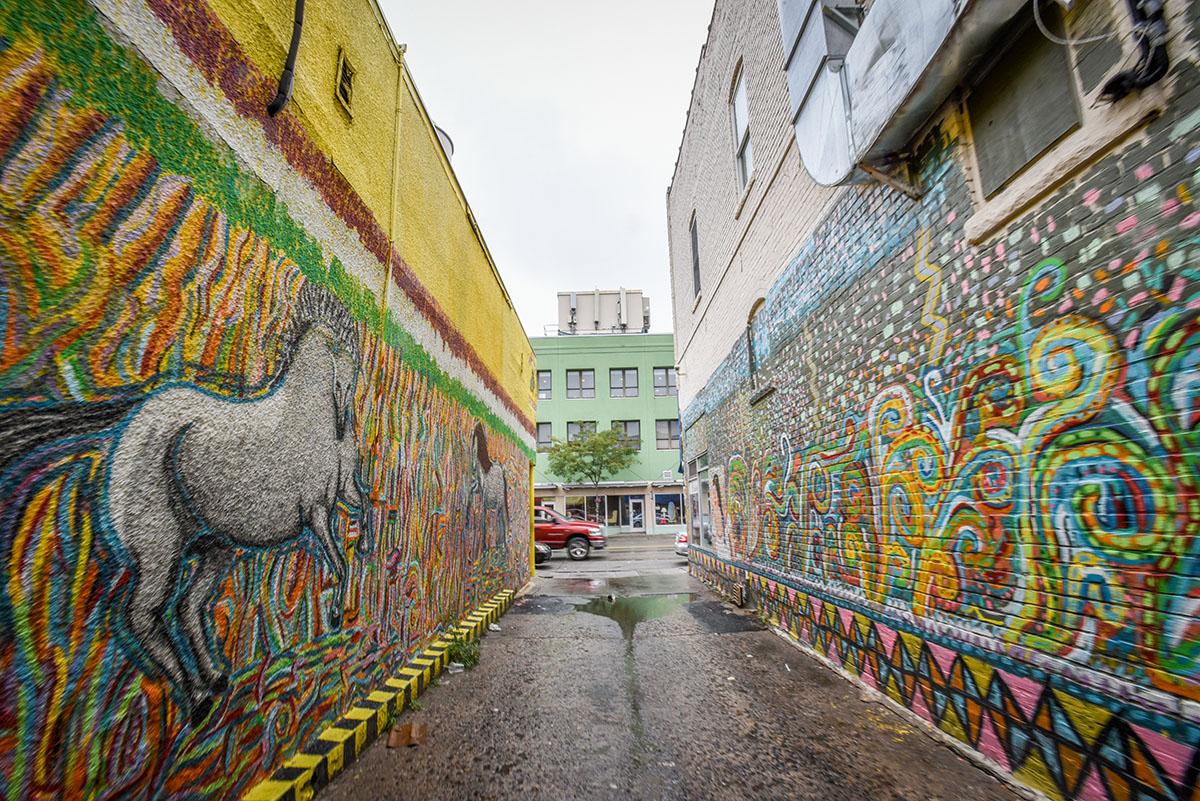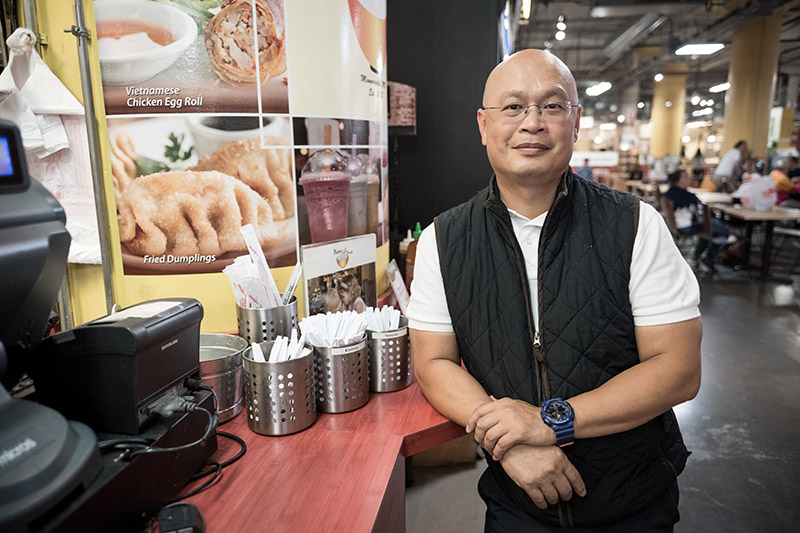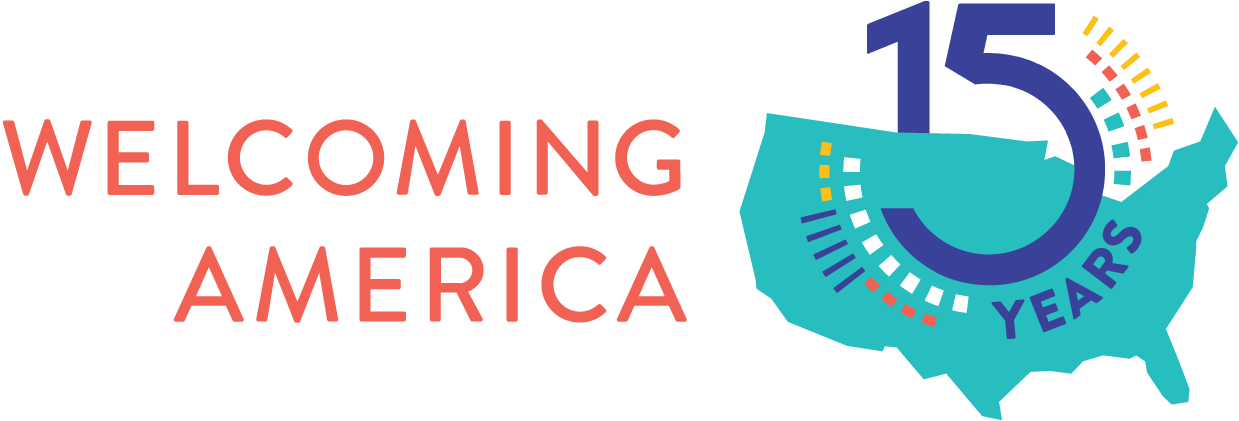
East Lake Street in Minnesota revitalized by immigrant entrepreneurs
Two decades ago, East Lake Street in Minnesota was a haze of shuttered storefronts and boarded-up buildings. The Minneapolis thoroughfare was essentially a path to prostitution and drug dealing.
“The neighborhood was in trouble,” says Twin Cities community leader Juan Linares. “Businesses didn’t have enough customers. But customers were afraid of coming to this area.”
Today, East Lake Street is a bustling four-mile stretch of independent businesses, many adorned with brightly colored murals.
When it comes to the area’s transformation, most of the thanks goes to Latin American immigrants.
In 1999, a group of aspiring entrepreneurs from Mexico and Central America launched Mercado Central, an indoor marketplace housing more than 35 small businesses.
“The people that made an investment took the risk to dream big,” says Linares, one of the mall’s founders. “Developing on East Lake Street was a big gamble.”
It was one that paid off.
Members of the Latino community flocked to the market, where they could buy everything from tamarind candy to christening dresses to some of the best empanadas in the Midwest.
“We see Mercado Central as a really important anchor to this community,” says Allison Sharkey, executive director of the Lake Street Council. “It’s a cultural hub. And it’s income generating. And it’s the thing that started to turn East Lake Street around.”
The Neighborhood Development Center (NDC) was heavily involved in the start of Mercado Central, providing training for business owners and still managing the property. NDC strategically selects new or renovated buildings located within inner-city neighborhoods and commercial corridors to serve as small business incubators, which provide opportunity for small start-up businesses to have affordable business locations, benefit from exposure to large numbers of potential customers, and peer support.
While the Mercado Central section of the corridor was on the upswing, five blocks away, a Twin Cities landmark sat empty. Sears, Roebuck & Company once employed more than 2,000 people in this 11-acre, Art Deco building. In 1994, the company left the location, leaving its commercial property behind. The adjacent intersection became one of the most crime-ridden in the city.
Community leaders knew the long-term success of East Lake Street rested on the redevelopment of the abandoned Sears building. Inspired by the Mercado Central, investors proposed another indoor marketplace, this time with a multicultural focus.
In 2006, the Midtown Global Market opened its doors. The market continues to be NDC’s most visible and popular incubator, and it is co-owned by NDC and the Cultural Wellness Center. Inside were 40 small restaurants and retail stalls. Merchants hailed from 22 different countries. Moroccans and Israelis. Ethiopians and Italians. Indians and Koreans. They all came together to help revive the neighborhood.
Like Mercado Central, Midtown Global Market became a catalyst for regeneration.
“There were lots of cool, old Victorian homes just sitting vacant for a while,” says Trung Pham, market tenant and owner of Pham’s Rice Bowl. “Now younger people are renovating the homes and they’re moving into the neighborhood. And they’re staying.”
Inside the market, Pham, an immigrant from Vietnam, sells spring rolls and sesame chicken. Down the aisle, Lorenzo Ariza, an immigrant from Mexico, serves pineapple tamales and cactus sorbet.
“I like to see the faces of people when they say, ‘Oh, this was the best meal that I have ever had.’ I see that I am providing something unique,” says Ariza, owner of Salsa a la Salsa, one of the mall’s nearly two dozen ethnic restaurants. “I feel like customers are very interested in our culture. And they welcome our culture.”
-

Trung Pham, owner of Pham’s Deli, a restaurant in the Midtown Global Market in Minneapolis. Photo by Caroline Yang.
These days, the Midtown Global Market is a regional destination, attracting more than 1.5 million visitors a year.
“One of the things the market has done is provide an opportunity for people who aren’t as familiar with immigrant cultures to come in and get a little taste and become more familiar,” says Sharkey.
The all-inclusive mall reflects the ethnic diversity of Minneapolis. The 75,000-square-foot space is a swirl of Mexican piñatas, Somali headscarves, Tibetan singing bowls and Taiwanese bubble tea.
“It’s so rewarding when people come and see this place. It makes me very proud,” says Manny Gonzalez, owner of Manny’s Tortas and a native of Mexico City. “You have different cultures here and they’re so unique. It’s so much fun for people to give each other a little bit of where they come from. That will enrich everyone.”
One thing is certain: what was once a depressed commercial corridor is now a vibrant Minneapolis thoroughfare. And the city’s newest immigrant groups were the catalysts for this change.
East Lake Street, once considered too dangerous to walk down, now hosts parades and art fairs. The boarded-up buildings have gone away and so have the vacancies.
“People come to us every week saying, ‘I want to open my business on Lake Street,’” says Sharkey. “This is the place to be.”

